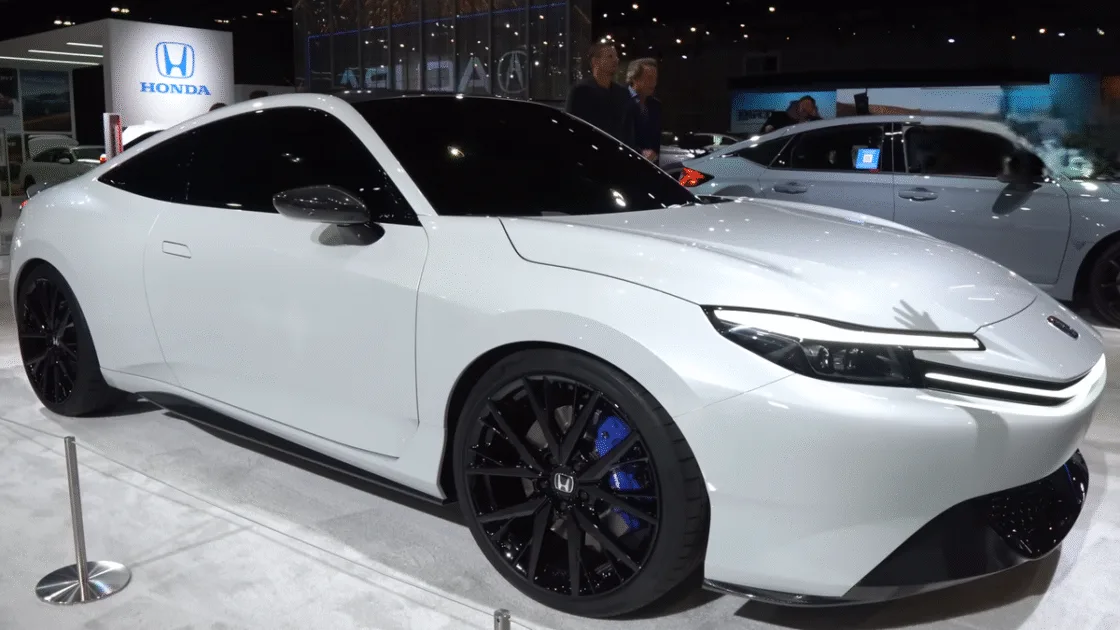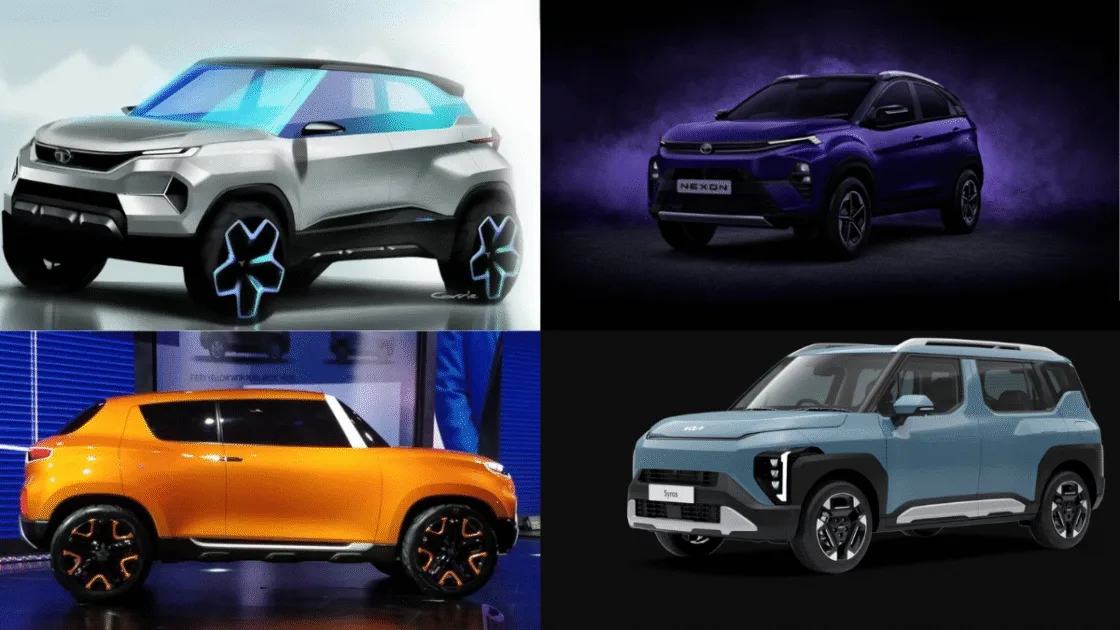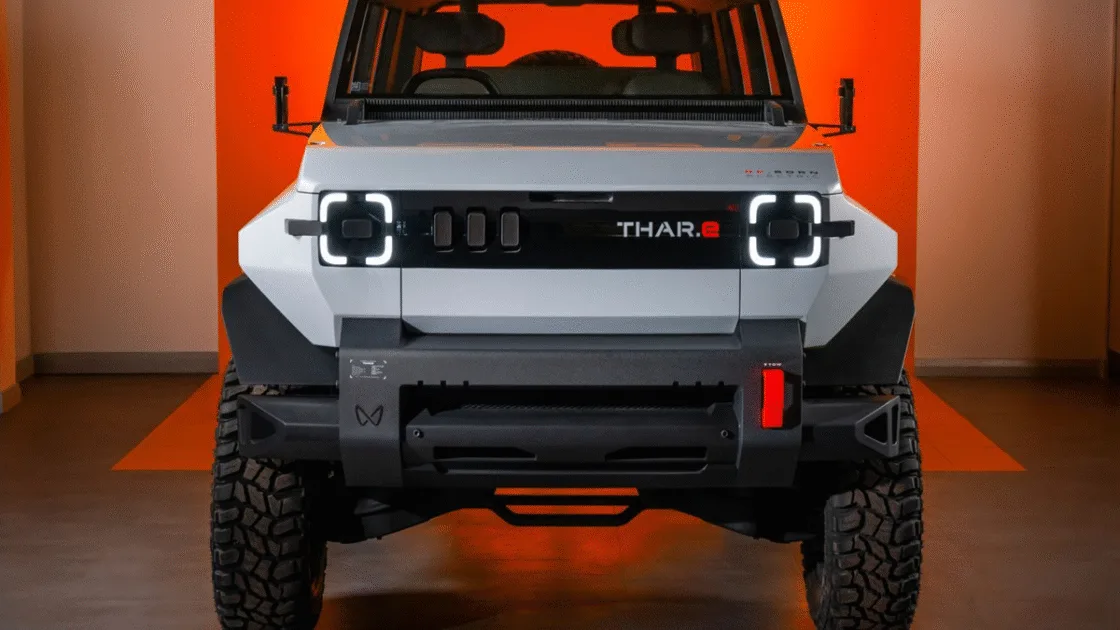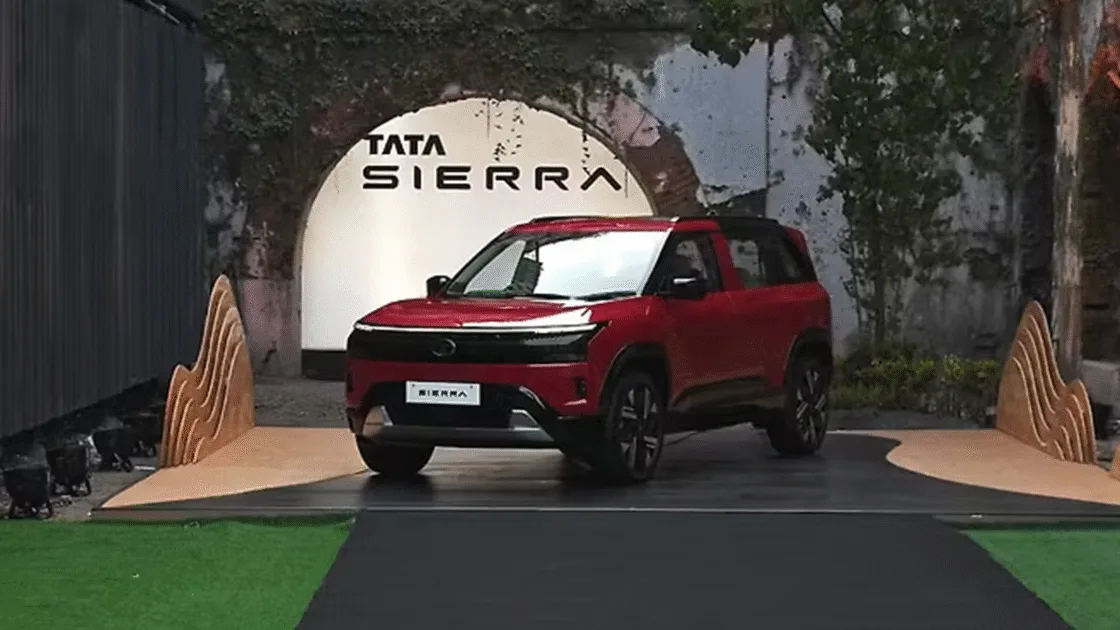The next-gen Toyota Fortuner will draw design and technology inspiration from the new Hilux, featuring hybrid options, dual screens and advanced driver-assist features.
Toyota has unveiled the all-new ninth-generation Hilux to intensify the enthusiasm surrounding the Land Cruiser FJ. Additionally, it provides a strong indicator of what to expect from the next-generation Fortuner—a more aggressive look and a significantly updated cabin—given the Fortuner’s close technical linkages to the Hilux.
Key Details Next-Gen Toyota Fortuner
| Category | Details |
| Model Name | Next-Gen Toyota Fortuner |
| Platform Base | Shared with New Hilux |
| Design Inspiration | Land Cruiser & Hilux (Tough & Agile Theme) |
| Expected Launch | Late 2026 – Early 2027 |
| Dashboard Layout | Horizontal Design with Premium Materials |
| Infotainment Display | 12.3-inch Touchscreen + 12.3-inch Digital Cluster |
| Steering System | Electric Power Steering (First for Fortuner) |
| Connectivity | MyToyota App Integration, Vehicle Analytics |
| Safety Features | Toyota Safety Sense Suite with Driver Assist |
| Engine Options | Diesel, Petrol, 48V Hybrid, and BEV (Expected) |
| Interior Highlights | Improved Ergonomics, Wireless Charging, Rear USBs |
| Design Elements | Slim Headlamps, Wide Stance, Squared Front Fascia |
| Target Market | Premium SUV Segment, Global Launch Planned |
Also Read:- All-New Toyota Hilux BEV Debuts Globally with Hybrid, EV & Hydrogen Power Options

The Fortuner is anticipated to closely resemble the new Hilux’s interior, which has undergone a whole makeover. Toyota has focused on improving ergonomics and tactile quality, leading to a more horizontal dashboard design and a luxurious cabin modelled after the new Land Cruiser. The cabin has a 12.3-inch touchscreen infotainment unit and a 12.3-inch digital instrument console, depending on the version.
Toyota’s most recent Land Cruiser family served as inspiration for the “Tough and Agile” motif used in the new Hilux’s design. With a more upright posture, thinner headlamps connected by a horizontal bar bearing the Toyota brand, and a more squared-off front fascia, the next Fortuner is probably going to adhere to this design philosophy. With updated character lines and a more contemporary aesthetic, the Fortuner’s proportions should become more muscular.

For the BEV version, fleet and private customers can access position data, car analytics, and even charging status from a distance. If Toyota incorporates this ecosystem inside the Fortuner, the full-size SUV may become more intelligent and networked than before. The use of electric power steering, a first for the Hilux and will be available in the upcoming Fortuner, is another significant improvement.
Given that both models have historically shared a lot, including the platform and mechanical components, the new dual-screen design is probably going to find its way into the Fortuner as well. The new Hilux’s cabin now incorporates off-road and AWD controls, which are arranged centrally for easy operation. Higher trim levels have new rear USB outlets, a wireless charger, and several linked features accessible through the MyToyota app.
It will be fascinating to see what the next-generation Fortuner receives, given that Hilux has introduced a range of engine options, including diesel, gasoline, 48V hybrid, and even an all-electric BEV variant. The next version of the Fortuner may appear in late 2026 or early 2027, while the new Hilux is anticipated to debut in India soon.
Also Read:- VinFast Limo Green EV MPV Spotted Testing in India
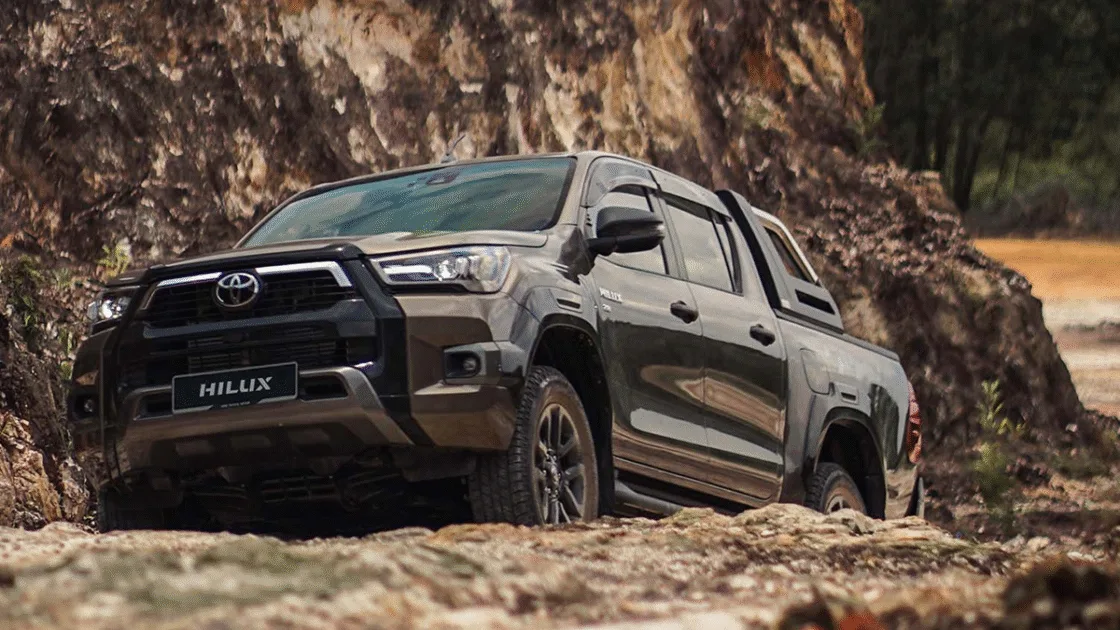
Greater steering accuracy, less effort at low speeds, and greater control on uneven terrain should all be made possible by it. Under the Toyota Safety Sense brand, Toyota has significantly expanded the scope of its driver aid program. Low-Speed Acceleration Suppression, Proactive Driving Assist, and an Emergency Driving Stop System are among the innovations included in the new Hilux. Additionally, it adds a driver-monitoring camera, safe-exit assistance, and blind spot monitoring. This improved package is anticipated to be fully adopted by the Fortuner.



